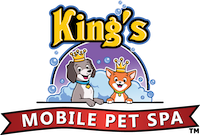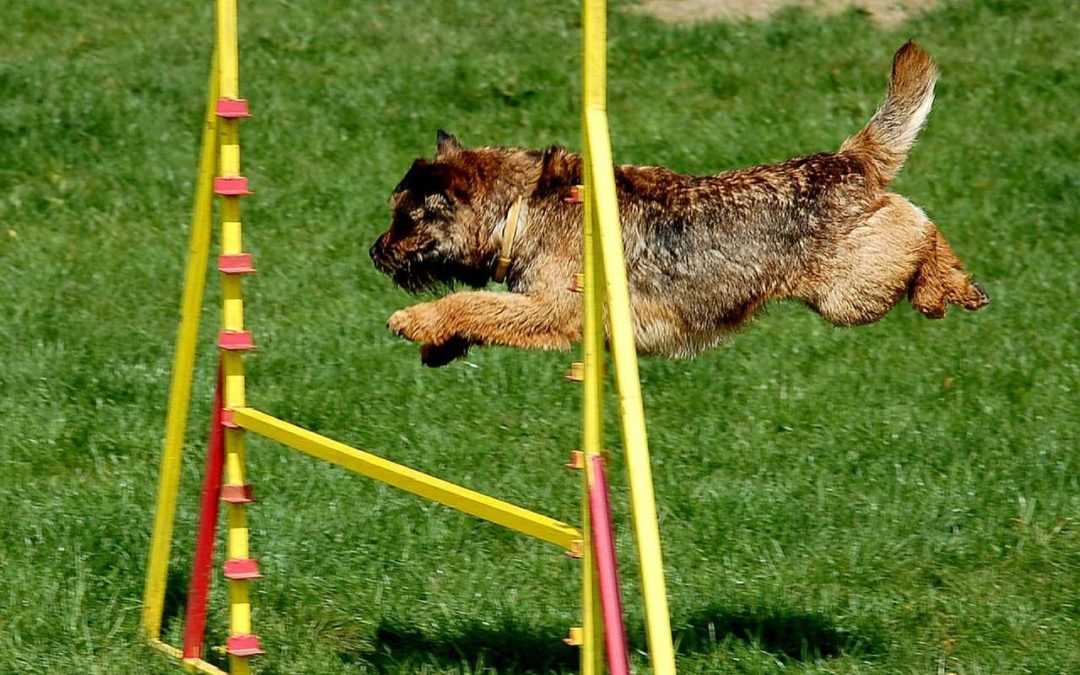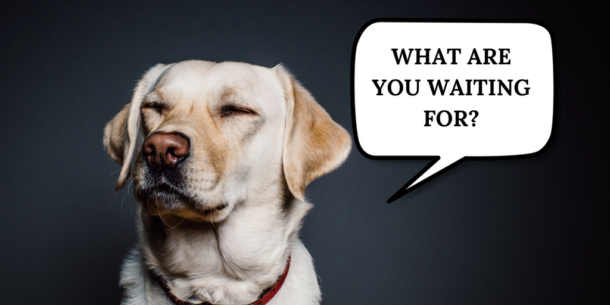Training your dog on your own is the most efficient and pocket-friendly method. A special benefit of personal training is that you and your dog will deepen your relationship together, especially in comparison to the training that derives from paid trainers.
The same rules from the first article (How to Train Your Dog by Yourself: Part 1) still apply!
— DO NOT forget to be patient with your beloved dog and DO NOT overexert them. —
Must Haves:
- Bag of treats
- Leash
- 15 – 20 minutes of free time for training every day
Hand:
- Command to sit.
- Start by holding a treat out.
- With your other hand, lift your dog’s paw and say the words “paw” or “hand.”
- Incentivize the lifting of the paw by giving them the treat each time you help them practice lifting their paw.
- Be consistent with this method until your pet looks as if it understands the process.
- After a few efforts, switch your method and hide the treats.
- Instead, begin to only say the command and lift your dog’s paw
- After a few more run-throughs, switch your method once again.
-This time, do not lift its paw and say the command holding the treat
** With each training session, continue to switch the methods in this given order**
This training may take some time and effort to perfect depending on how quickly your dog can fully understand the trick.
Leave it:
- Command your dog to sit.
- With one hand, hold a treat, but hide it behind you.
- Hold out a treat with the other hand, but keep your hand in a closed fist.
- Allow your dog to smell and be attracted to the treats within.
- Command “leave it.”
- Keep your fist closed until your dog finally calms down from pursuing the treat within.
- Give the hidden treat behind you.
- Continue this pattern until your dog improves with this trick.
- Do not forget to award with affection and/or treats.
** As your dog advances, try opening your palm and/or leaving the treat open on a surface while saying your command. **
Down:
- Command your dog to sit.
- Hold a treat in a closed fist in front of your dog’s face.
- Allow him to smell and recognize what is in your fist.
- Proceed to lower your hand towards the ground.
- Drag your hand away from your dog in the lowered position as you recite your command, “Down.”
- Always reward your dog and show lots of affection each time it gets close to success so it stays motivated.
** This trick may be difficult for your dog to learn as it is a submissive position, so it will take lots of time and patience in comparison to other tricks**
Additional Training Methods
Consider Clicker training:
- Clicker training creates a positive association between the click sounds and reward for good behavior. This way you can use the sounds of the clicker to substitute the usage of treats, a more common reward used for training.
- This method can be sought out to save money on treats or prevent your dog from obesity if it is already on the hefty side.
Mirror Training
- This method bases itself on the competition with another dog to motivate your dog to learn their tricks faster. The competing dog can either be the model of good behavior for your dog to follow or the competitor for more affection and treats.
- As dogs are quick to recognize desired behaviors, a little competition or mentorship-like training through a companion will expedite their learning process.
- This can be sought out by using other dogs you may have in your home or neighborhood. If not, schedule dog training sessions with your friends who also have dogs. This can be a great way to hang out with your friends while training your dog. Talk about killing two birds with one stone!



